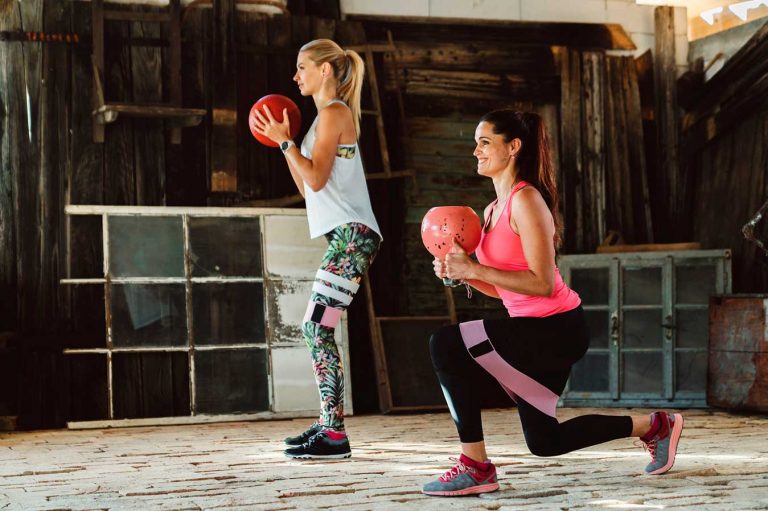When there are so many different ways to structure a rehabilitation session for a particular injury, it can be hard to know where to start. But it’s worth investing some time into creating an effective structure for these exercise rehab sessions, because a hastily cobbled together exercise plan probably isn’t going to have the desired outcome.
The Importance Of Rehab Structure
Rehabilitating an injury effectively is more than just choosing a generic list of exercises. It requires forethought in order to accommodate the individual, the injury, and the body’s response to the exercise program over time. The structure of an exercise rehab session is critical to optimally restoring function as quickly as possible and preventing re-injury.
What To Consider When Structuring Exercise Rehab
Before starting, it’s worthwhile consulting a physiotherapist in the Sydney CBD to get an accurate diagnosis and tailored advice about any injuries. Physiotherapists are experts in exercise, and know how to prescribe exercises at the right intensity, how to work within pain limits, and how to effectively structure exercise rehab sessions.
Overall, this may include:
- Exercise selection
- The number of sets and repetitions for these exercises
- The “resistance” or equipment weight for these exercises
- The order of exercises
- The speed of the exercises
- Incorporating rests and breaks
- How the progress the sessions over time (called “periodisation”)
The Structure Of An Exercise Rehab Session
People in the Sydney area typically see a physio for pain, reduced function, weakness, or movement limitations. Depending on the injury, whether in the shoulder, hip, or elsewhere, a physiotherapist may suggest the following session structure:

Pre-Conditioning
Pre-conditioning is the concept of preparing the body for the rest of the session. There are several options for this, and the best approach will depend on the individual and the specific purpose of the rehabilitation. In general, this may include isometrics (static holds), range of motion exercises, dynamic stretching, jogging, mobility drills, or even foam rolling.
This part of the session is particularly useful for injuries in the earlier stages, or those with greater pain or limitations.
Conditioning
Conditioning is the main component of any exercise rehab session, and usually takes up most of the time in a session. However, how the time is spent depends on the person, the injury, and the goal of the rehabilitation.
For example, the primary focus could be:
- Strength
- Hypertrophy (building muscle bulk)
- Endurance
- Speed
- Or other goals
Different exercise combinations will target different goals. For example, building strength usually requires 3-4 sets of 6-8 reps, with plenty of rest. Conversely, endurance requires 4-5 sets of 12+ reps, with shorter rests. Additionally, periodising the exercises over time is critically important to restore normal movement and daily function.
Post-Conditioning
A guided cool-down is an important conclusion to any session, and can help the body return to baseline. Gentle stretching, soft tissue work, or a light walk can help recovery after a session.
Effective Rehabilitation Starts Here
Getting the optimal outcome from rehabilitation requires a considered approach. Get in touch with our Sydney CBD exercise experts. Consult a physio today!



